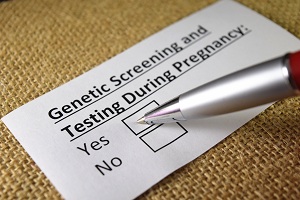The new pregnant obesity guidelines of the Royal College of Obstetricians and Gynecologists (RCOG) invite to use a multidisciplinary approach. Doctors should invite expectant mothers to lose weight before conception and between pregnancies. In this way there would be an increase in the chances to conceive, with a reduction of risks for mothers and children.
In the United Kingdom, around 22% of pregnant women are obese, 28% are overweight and 47% are normal. Women in the first group are at risk of miscarriage, premature delivery, gestational diabetes and postpartum hemorrhage. Instead, their children are more prone to congenital abnormalities and become obese and diabetic themselves. For this reason it is essential that the British doctors sensitize the future mothers on the subject, inviting them to keep the weight under control.
The guidelines of the Care of Women with Obesity in Pregnancy contain several tips, including the following.
- Incentive weight loss before conception.
- Inform women with a body mass index above 30 on the risks of pregnancy obesity.
- Inform that weight loss increases the chances of having a natural birth, even after a first caesarean section.
- Address future obese mothers to nutritionists, who give them guidance to lose weight safely.
At the base of all these tips there must always be an empathic approach. The attending physician must encourage the future mother to change her lifestyle, without blaming her and always with sensitivity. In case of need, it is also good that addresses to professionals who help her to face any psychological difficulties.
Source: medscape.com
Add a comment





